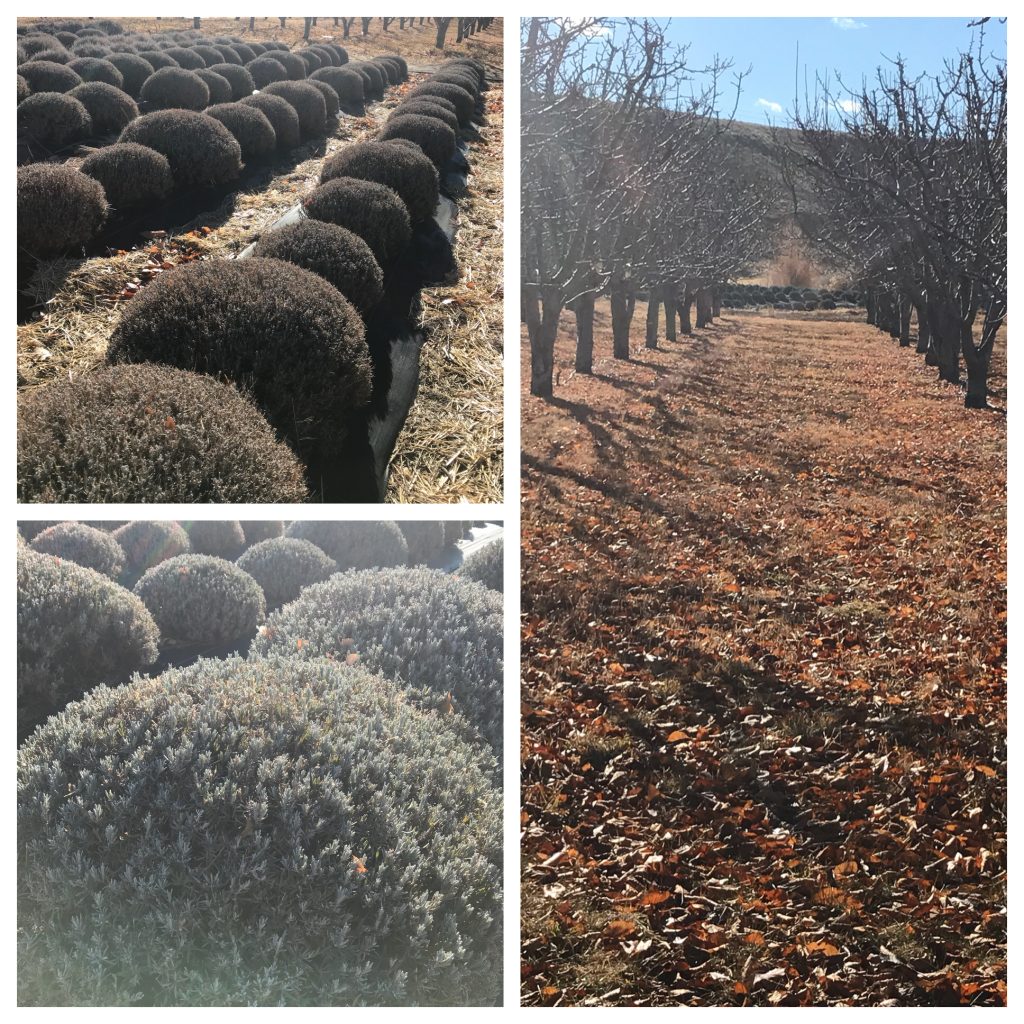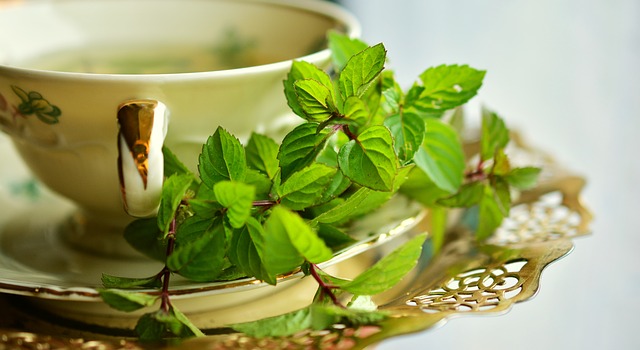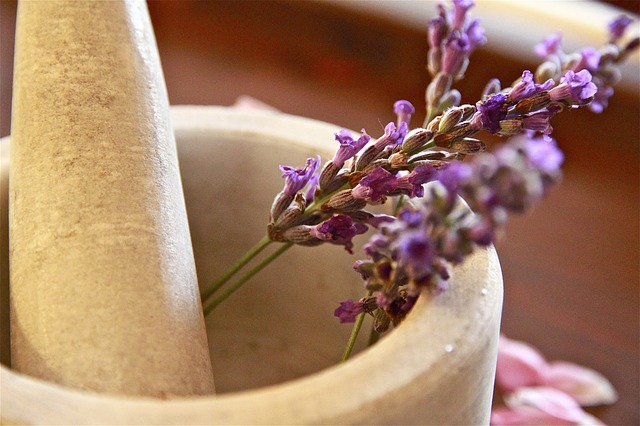Living in seasons is a beautiful thing. We get to participate in the flow of nature, welcoming the seasons as they come, and saying goodbye as they go. Changes in weather and in the scenic views that surround us influence our day-to-day lives, changing what we eat, wear and do. In harmony with the seasons, we get to enjoy the rhythm of the natural world.
This winter in the valley has been particularly dry, fluctuating back and forth between chilly and nearly warm. For both humans and perennial plants, keeping hydrated is a top priority.
Caring for perennial plants through winter
Lavender plants go dormant in the winter, but they still depend on a bit of moisture to sustain them through their dormancy. Snowy winters can provide enough moisture and insulation to keep lavender plants happy and healthy, but in dry winters like these, they’re going to need a little help.
If there has been little to no snow cover where you live, water lavender plants deeply every 3-4 weeks. Add mulch to help retain moisture and keep plant roots warm.
Other perennials that go dormant in the winter will benefit from the same treatment.

And plants aren’t the only ones who need some wintertime attention. Our bodies are working hard to combat colds and flus and to stay warm. We can help ourselves (with a little help from nature) by paying attention to our bodies’ needs and practicing self-care using natural home remedies.
Home remedies for winter healing
Tea, tea and more tea
Drinking hot herbal teas throughout the day not only warms us up, but also helps clear our throats of flem and cold-season germs. We also benefit from all the medicinal properties in the herbs we’re consuming. Herbalist Rosemary Gladstar explains that drinking small amounts of herbal tea throughout the day helps us to absorb the herbal goodness. She recommends steeping herbs for 10-20 minutes, drinking 1/4 cup of tea at a time, every hour or so.
Try these recipes:
Lemon, Turmeric & Cayenne
Lemon juice, 1/4 teaspoon turmeric, a pinch of cayenne, a pinch of sea salt, maple syrup to taste
Boosts metabolism, anti-inflammatory, antioxidant
Ginger Root & Lemon
Add honey to taste, or enjoy plain
Promotes digestion, relieves coughing and soreness in the throat
Lavender & Chamomile
1/4 tsp culinary lavender buds, spoonful of chamomile flowers
Relaxing, promotes good sleep

Sooth chapped skin
A cold and dry winter can leave our cheeks, lips and hands chapped and cracked. Using organic oils can soothe and moisturize skin. Combine olive oil, coconut oil and a few drops of lavender essential oil for a natural hydrating remedy.
Our balms are also deeply replenishing, made from organic oils and Colorado beeswax. Try our much-adored Olive Oil & Lavender Healing Balm, our energizing Lavender Peppermint Balm, and our newest addition, Lavender Rosemary Orange Balm.
Warm healing baths
Another way to warm the bones, hot baths are also a great medium for healing products like essential oils and hydrosols.
Try adding sea salts, epsom salts or Himalayan salts to your tub, along with 10 drops of lavender essential oil and 5-10 drops of eucaplyptus, white camphor, or peppermint essential oils. The combination is soothing and helps to clear up stuffiness.

Self-care and plant care go hand in hand, as both practices help us feel more connected, healthy and present, in sync with nature and the seasons she brings.
Share your favorite wintertime remedies in the comments below!


Loyce
Thank you for the information I love lavender and just now planting my first lavender my bucket list is walking through the lavender flieds and having a photo shoot in the lavender